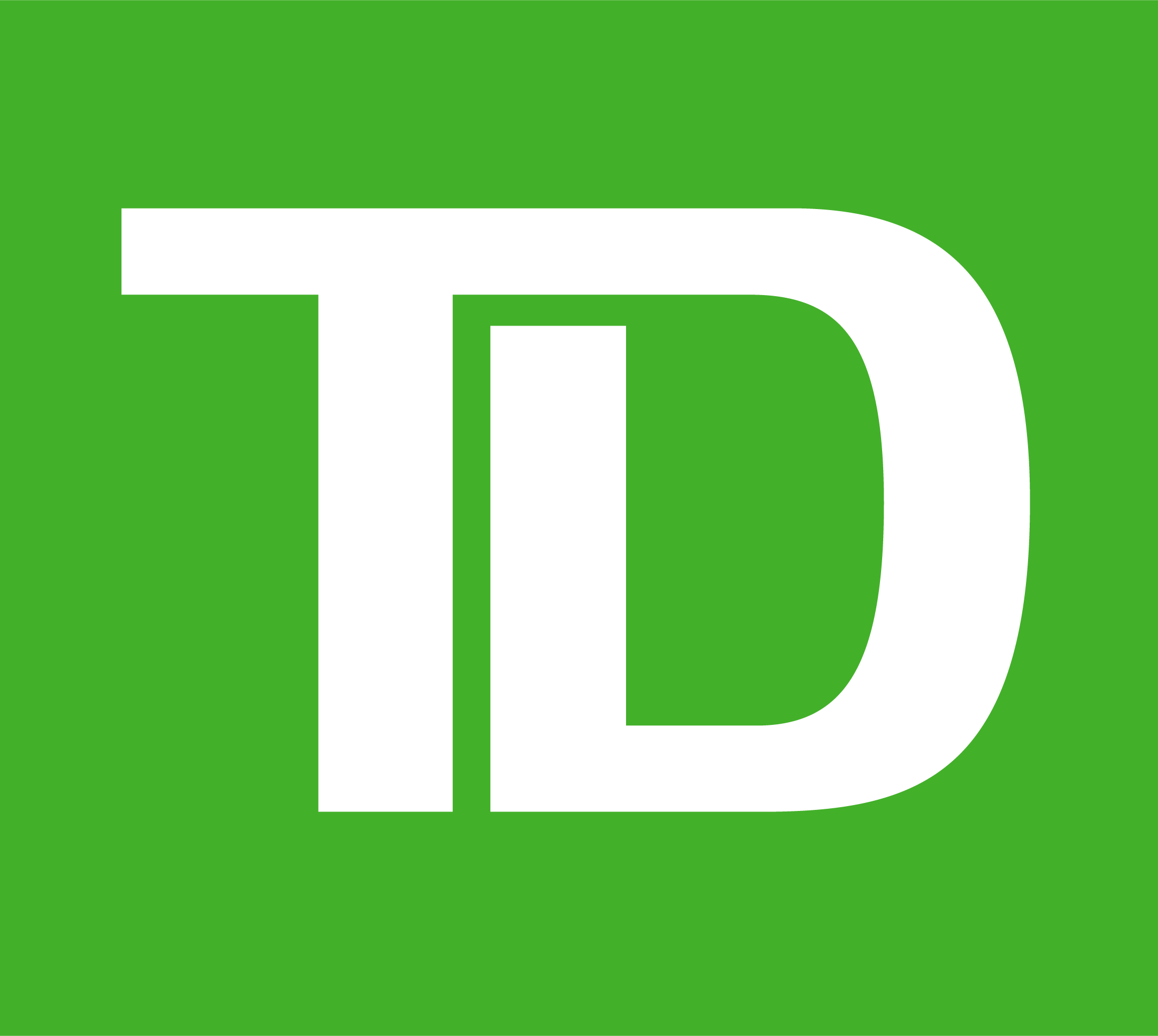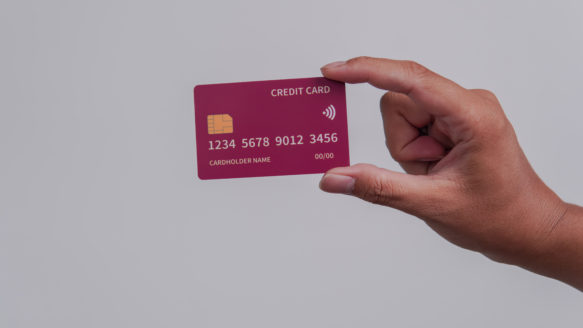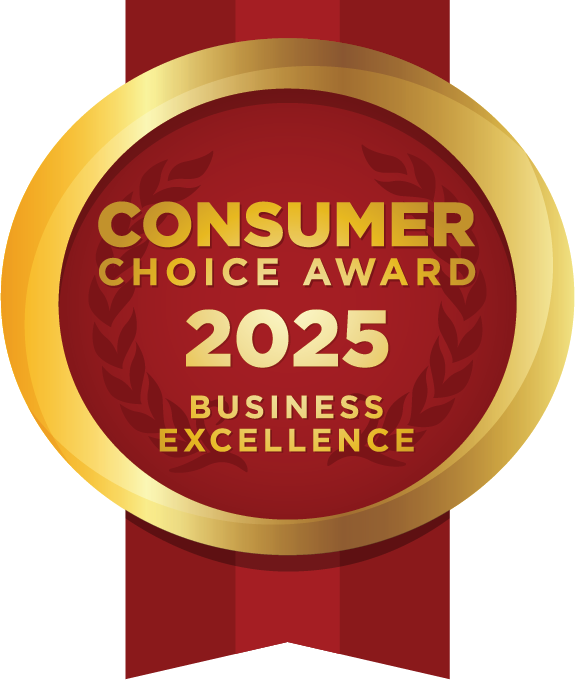
Understanding Taxes in Canada: A Must-Know for Entrepreneurs and Small Business Owners


This blog post is part of Money Mentors’ F.R.E.S.H. Program, proudly sponsored by TD Bank.
Running your own business can be one of the most fulfilling things you do, but let’s be honest, taxes probably aren’t the part that excites you. Still, they’re a crucial piece of the puzzle. Neglecting them can lead to penalties, missed deductions, and unnecessary stress. The good news? With a bit of planning and the right information, you can stay ahead of your tax responsibilities and even find ways to reduce what you owe.
How Your Business Structure Shapes Your Tax Obligations
One of the first decisions you’ll make when starting a business is how to structure it, and this choice plays a big role in how you handle taxes.
Sole Proprietorship
This is the most common setup for small business owners in Canada because it’s simple and cost-effective. If you’re a sole proprietor:
- You report your business income on your personal tax return using Form T2125.
- You’re taxed at your personal income tax rate and also responsible for paying Canada Pension Plan (CPP) contributions on your business earnings.
- There’s no legal distinction between you and your business, so you’re personally liable for any debts or obligations.
Helpful Tip: To avoid a nasty surprise at tax time, consider setting aside about 25 to 30 percent of your income to cover taxes and CPP. This habit can help you stay ahead and reduce financial stress down the road.
Incorporation
If your business is incorporated, it’s treated as a separate legal entity. This changes how you pay taxes and manage your finances.
- You’ll need to file a corporate income tax return and pay taxes on the company’s income. In Alberta, the small business tax rate for the first $500,000 of net income is around 11 percent.
- On top of corporate taxes, you’ll also pay personal tax on any income you take out of the business, whether as a salary or dividends.
- Incorporation opens the door to more advanced tax strategies, like income splitting with family members or deferring personal tax by keeping money in the corporation.
Keep in Mind: Incorporation means more paperwork and more record-keeping. But for many business owners, especially those earning more or looking for liability protection, it’s well worth the extra effort.
What to Know About GST/HST
If your business brings in $30,000 or more in revenue over four consecutive quarters, you’re required to register for a GST/HST number.
In Alberta, that means charging 5% GST on most goods and services. You’ll then remit those taxes to the CRA, but you can subtract the GST you’ve paid on business-related expenses. These are called input tax credits.
Pro Tip: Even if your earnings are under the threshold, you might want to register voluntarily. This lets you claim GST paid on expenses like equipment or professional services, which can lower your overall costs.
Keep Your Books Clean and Clear
Strong bookkeeping isn’t just about tax season; it helps you understand your business better and can protect you in case of a CRA audit.
- Save and organize your invoices, receipts, mileage logs, and bank statements.
- Hold on to your records for at least six years.
- Use digital accounting tools like Wave or QuickBooks to stay organized and reduce manual work.
Deductions You Might Be Missing
One of the benefits of running your own business is being able to write off reasonable expenses that help you earn income. These deductions can significantly lower the amount of tax you owe. Some common examples include:
- Home office expenses: If you work from home, you can deduct a portion of your rent or mortgage, utilities, and internet based on the size of your office space.
- Vehicle expenses: Track business mileage and deduct a percentage of your gas, insurance, maintenance, and lease costs.
- Office supplies and equipment: Think computers, software, phones, and stationery.
- Professional services: Fees for accountants, consultants, legal advisors, or marketing help.
- Meals and entertainment: You can deduct 50% of the cost if it’s related to business development or meeting with clients.
- Insurance premiums: This includes business liability insurance or errors and omissions coverage.
How to Stay on Top of Your Taxes
Here’s a quick checklist to help you stay organized and avoid surprises:
- Register properly: If you’re using a business name that’s not your legal name, you’ll need to register it with your province.
- Mark your deadlines:
- Sole proprietors: Tax filing is due June 15, but any payment owing is due April 30.
- Corporations: Returns are due six months after the end of your fiscal year.
- GST/HST: Filing can be monthly, quarterly, or annually, depending on your business.
- Pay on time: Interest and penalties add up quickly if you’re late.
- Watch for instalment requirements: If you owed more than $3,000 in taxes this year and last, the CRA may ask you to make quarterly payments.
- Get support: A qualified tax accountant can help you uncover deductions, avoid errors, and even plan ahead for future tax years.
Final Thoughts
Taxes aren’t glamorous, but they are foundational to a healthy business. Understanding your responsibilities, planning ahead, and keeping good records will help you avoid surprises, reduce your stress, and put you in control of your finances.
If you’re unsure where to start, it’s worth reaching out for help. A consultation with a tax professional or a financial counsellor who understands small business can go a long way toward giving you peace of mind and keeping more money in your pocket.
Quick Tax Checklist for Canadian Entrepreneurs
Setting Up
- Decide whether to operate as a sole proprietor or incorporate.
- Register your business name (if not using your own).
- Apply for a GST/HST number once you hit $30,000 in annual revenue.
- Open a separate business bank account.
- Choose and set up bookkeeping software.
Day-to-Day Habits
- Track all income and expenses. Keep every receipt.
- Log business vehicle mileage accurately.
- Put aside 25–30% of income if self-employed.
- Pay yourself through salary or dividends if incorporated.
- Review your books monthly and stay organized.
Key Deadlines
- April 30: Payment deadline for personal taxes.
- June 15: Sole proprietor filing deadline.
- T2 Corporate Tax: Due 6 months after your fiscal year-end.
- GST/HST: File based on your reporting frequency.
Common Deductions
- Home office portion of rent or mortgage
- Vehicle expenses for business use
- Technology and office supplies
- Marketing and ad costs
- Consultant or legal fees
- Meals and entertainment (50% deductible)
- Insurance policies for your business
Additional Reminders
- File and pay on time to avoid penalties.
- Keep records for at least six years.
- Reevaluate your structure annually because your needs may change.
- Ask a professional whether you should register for GST/HST even if you’re under the threshold.






